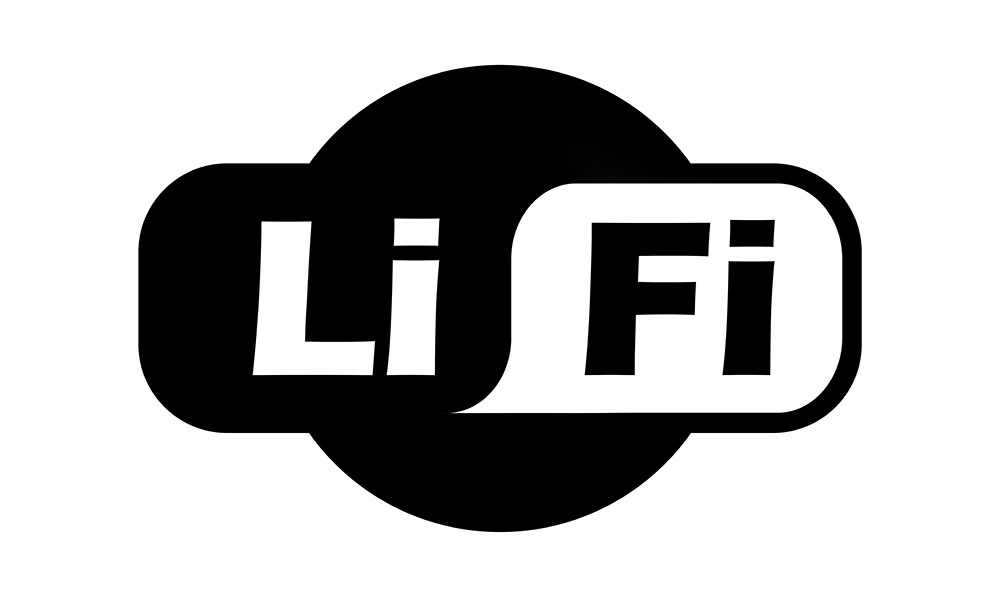
Everything you need to know about Li-Fi
Wi-Fi is everywhere. We have it in our homes, it’s in businesses, and it’s even available for free in many public places. Being able to get online wherever and whenever we want must surely be one of the greatest benefits of the 21st century and things may be about to get even better with the arrival of Li-Fi technology.
Wi-Fi and Li-Fi compared
Wi-Fi uses radio waves to transmit data and therefore requires dedicated transmitters to run. Because it is based on radio technology, it can suffer from the same issues as traditional radios. Overcrowding of radio waves, vulnerability to interception, reception black spots and disruption due to adverse weather conditions.
Li-Fi, short for Light Fidelity, uses LED lights as transmitters, which means it can be integrated into existing infrastructure. Essentially, there can be internet anywhere there is light. It offers connection speeds of up to 224 gigabits per second. To put this into perspective, at the current time, Wi-Fi 802.11ac has a theoretical max speed of 6,933 Mbps. That’s as good as it gets for now, as far as Wi-Fi is concerned and, of course, in the real world, speeds are generally much slower, sometimes painfully so.
At the same time, however, the fact that Wi-Fi uses its own transmitters means that it is an “always on” connection, whereas Li-Fi requires the LED lights to be switched on in order to work. Similarly, Li-Fi transmitters would not be able to transmit through solid objects such as walls, although this is not necessarily a huge barrier to adoption.
The future of Wi-Fi and Li-Fi
It would seem likely that, for the foreseeable future at least, Wi-Fi and Li-Fi could feasibly work in tandem, according to the situation. For example, Wi-Fi will probably continue to be the best option for many businesses since it can be run through a centralised access point, which is convenient for IT teams.
Li-Fi, however, could be enthusiastically adopted by transport companies and could prove to be the biggest improvement to train travel the 21st century will see. Train travel and commuting are still very much facts of life and Wi-Fi on trains leaves a lot to be desired.
Li-Fi also has obvious appeal in places such as underground train stations where lights are going to be left on all the time anyway. Many places may choose to use Wi-Fi and Li-Fi in tandem, especially in major cities such as London, where Li-Fi-enabled streetlights could be used to support existing Wi-Fi infrastructure.
The prospect of Li-Fi, first made public during a TED talk in 2011, offers a lot of potential benefits to individuals and businesses around the world. In places where Wi-Fi is likely to face difficulties, Li-Fi could step in and fill in the gap. Potentially at much lower cost due to the relatively inexpensive technology of LED lights. It would also be more efficient to use one type of technology for both lighting and internet connectivity than to have to create separate technology and build different gear for each.



